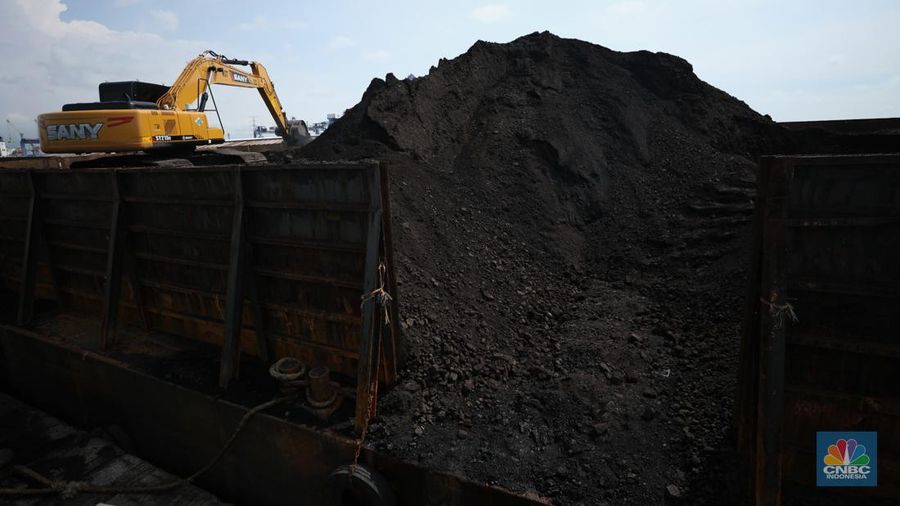
U.S. natural gas futures slid Tuesday to the lowest level in nearly three months as warmer-than-expected winter forecasts sent prices tumbling.
The contract for January delivery fell as much as 7% to trade at $4.51 per million British thermal units (MMBtu), a price last seen on Sept. 1. The weakness builds on Monday’s drop, which saw the contract settle 11.37% lower at $4.85 per MMBtu.
Over the last two sessions, futures are down more than 17%.
“The weather outlook for the core heating demand months of the winter (December, January, February) suggests higher than normal temperatures in the major US demand centers,” said David Givens, head of gas and power services for North America at Argus Media.
“This is purely a weather-driven downturn…[forecasts] currently indicate average to above-average temperatures across the U.S. That in turn has reduced the expected number of heating degree days weighing heavily on Henry Hub prices,” added Campbell Faulkner, senior vice president and chief data analyst at OTC Global Holdings.
The selling over the last two days comes after natural gas futures spiked 7% on Friday, despite oil falling 13% during the same session. The December contract expired on Friday so some of the activity could have been traders closing out positions.
Natural gas is now down about 16% for the month, putting it on track for the worst month since December 2018. The contract is on track for a second month of declines.
Natural gas has been a volatile trade this year, and the sharp recent declines follow a period of enormous strength. The contract posted a monthly gain from April through September, with prices surging 34% in September alone.
The strength continued into the beginning of October, with the contract hitting $6.466 per MMBtu, the highest level since February 2014. The optimism was fueled in part by calls for power producers to switch from oil to natural gas as crude prices surged. The energy crunch unfolding across Europe and the U.K. also pushed U.S. prices higher.
“The volatility in the natural gas market has been off the charts for several months,” said John Kilduff, partner at Again Capital. He noted that supplies looked tight over the summer and there were fears of undersupply heading into the colder months. But mild fall temperatures allowed stocks to be refilled.
“Storage levels are now in-line with the five-year average. The relative warmth last week, this week, and in forecast for mid-December has just wrecked the bull case,” he added.
For the year, natural gas is still up roughly 80%. It’s also on track for its best year since 2005.
OTC Global Holdings’ Faulkner added that price sensitivity to temperature forecasts is the highest in a decade due to “increased natural gas power burn and reduced associated gas production in the lower 48.”
“All these events have put a bearish pall on natural gas within the expected volatility range, which now includes 12% daily moves,” he said.




